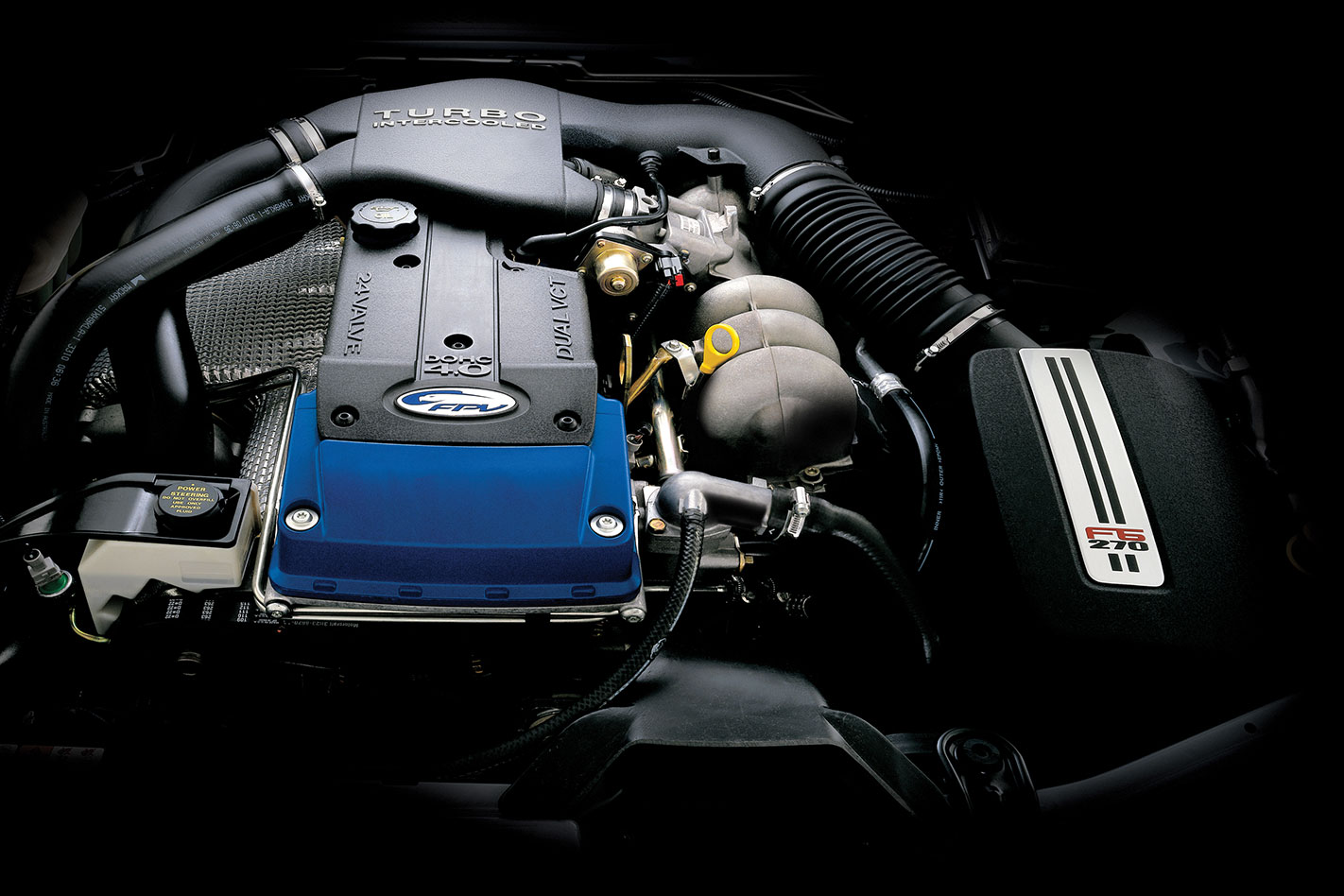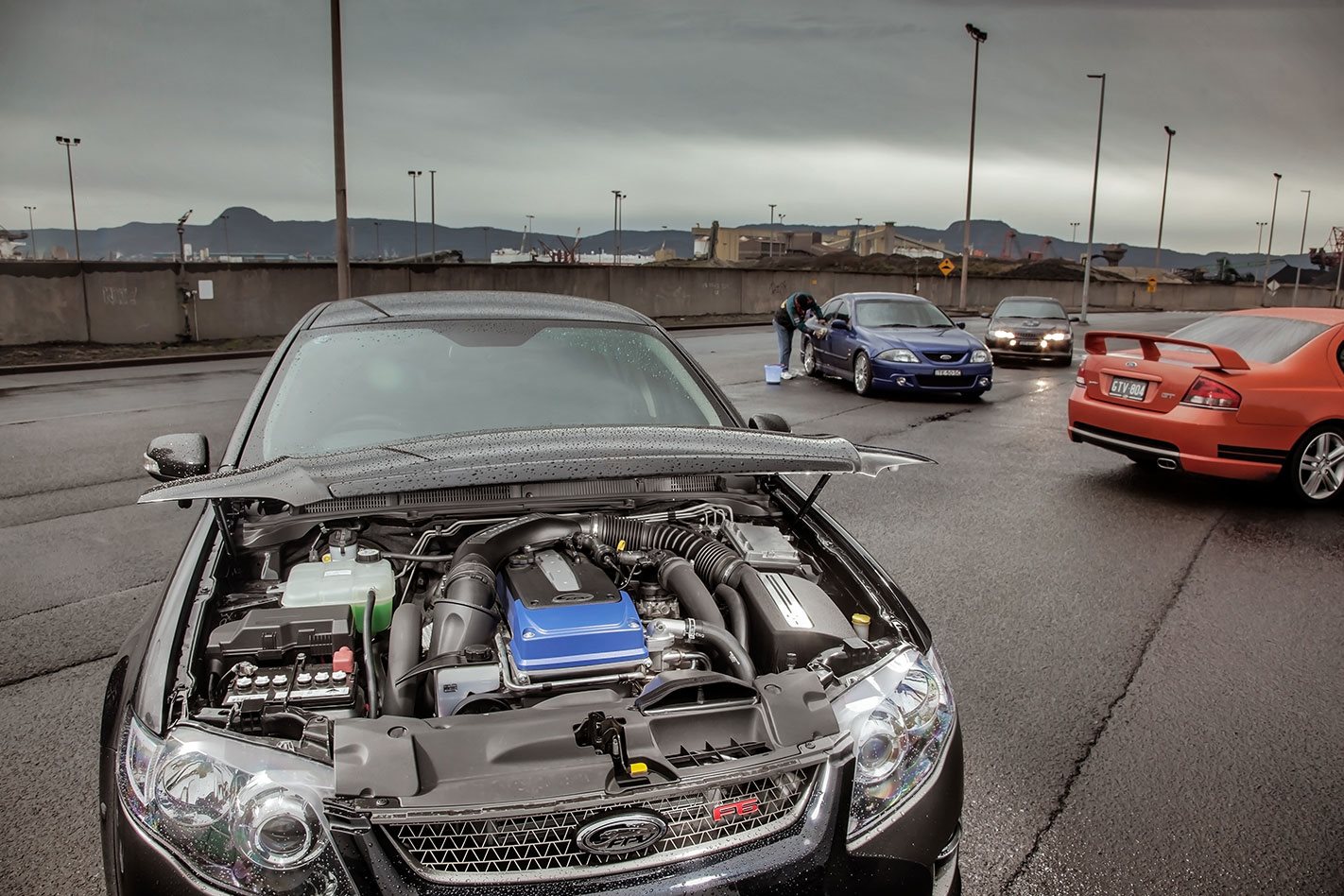Whether you want a little extra grunt or a drag strip dominator, there have been few engines more ripe for tuning than’s Ford’s iconic 4.0-litre.
Introduced in 2002 as part of Ford’s revamped BA Falcon range, the ‘Barra’ six-cylinder turned Australian tuning on its head. After a few lean years Blue Oval fans finally had a deep-breathing iron block, alloy headed, 4.0-litre, twin-cam turbocharged and intercooled six-cylinder to take on Holden’s new 5.7-litre LS1 V8 as well as the turbo Japanese terrors.
Named after the Barramundi fish, the first Barra 240T made 240kW and 450Nm from Ford, but was soon pumping quadruple that as tuners got their hands on the engines. The launch of the BF Series II saw heavily upgraded conrods and revisions to the mechanical package that meant punters could wind the grunt up a lot more than the factory 245kW. There was also the Barra 270T, a high-performance variant used in FPV F6 Typhoon and F6 Tornado models.
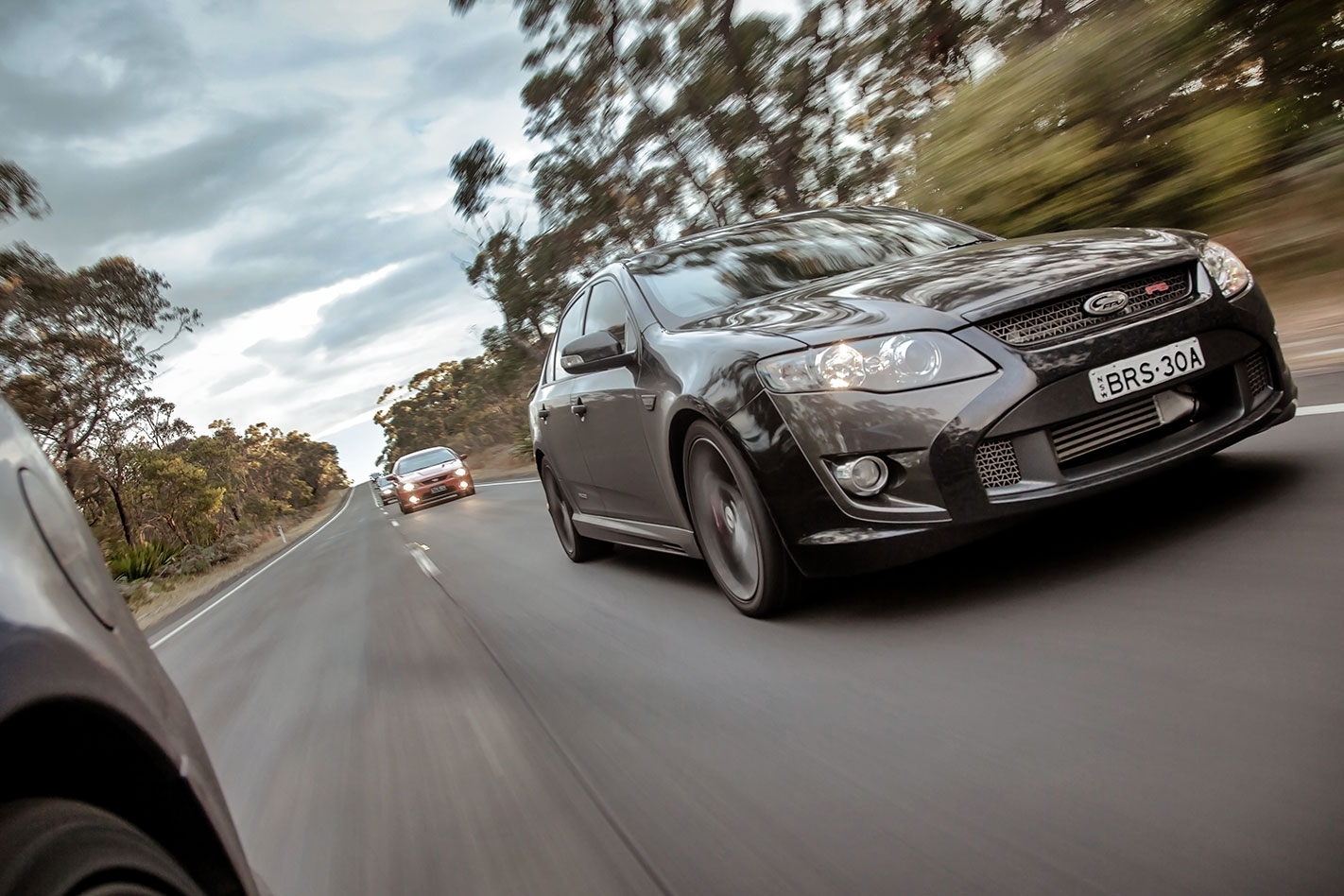
The limited edition FG-X XR6 Sprint was the ultimate incarnation, being a variant of the 270kW XR6 motor juiced to make 325kW, with 370kW available as a 10-second overboost. So, what do you need to hop up your Barra six?
1. Exhaust
If you’re not aiming for 450kW at the treads then you don’t really need a 4.0-inch exhaust like the cool kids at Maccanats. However, given you have four litres of capacity and a large GT35-sized turbo from the factory, many cars get a far less restrictive 3.0-inch or 3.5-inch dump pipe as a first modification, of which there are many off-the-shelf options. Complete upgraded exhaust systems are easier to find than cops at a pizza shop on shift change.
2. Turbo
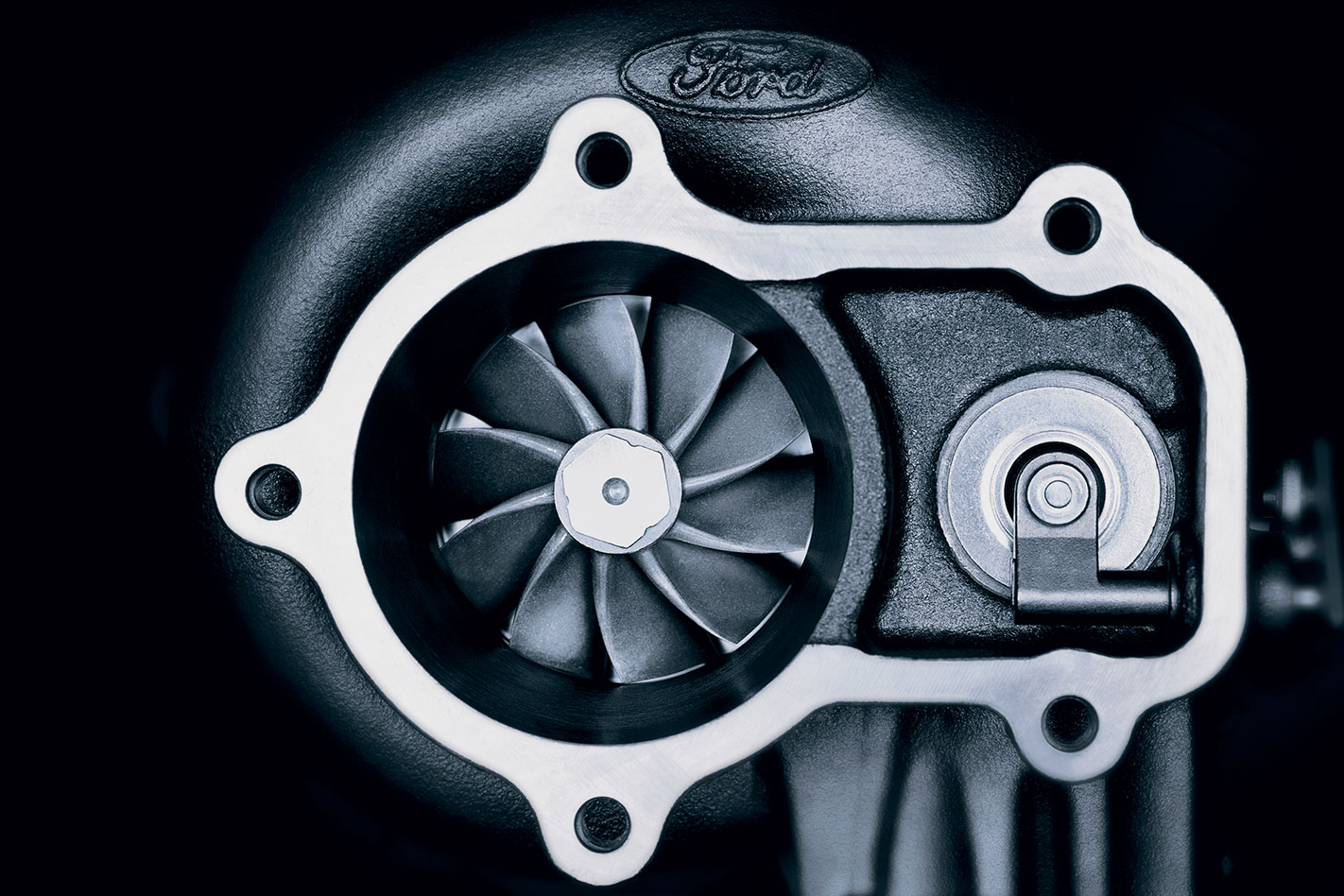
3. Conrods
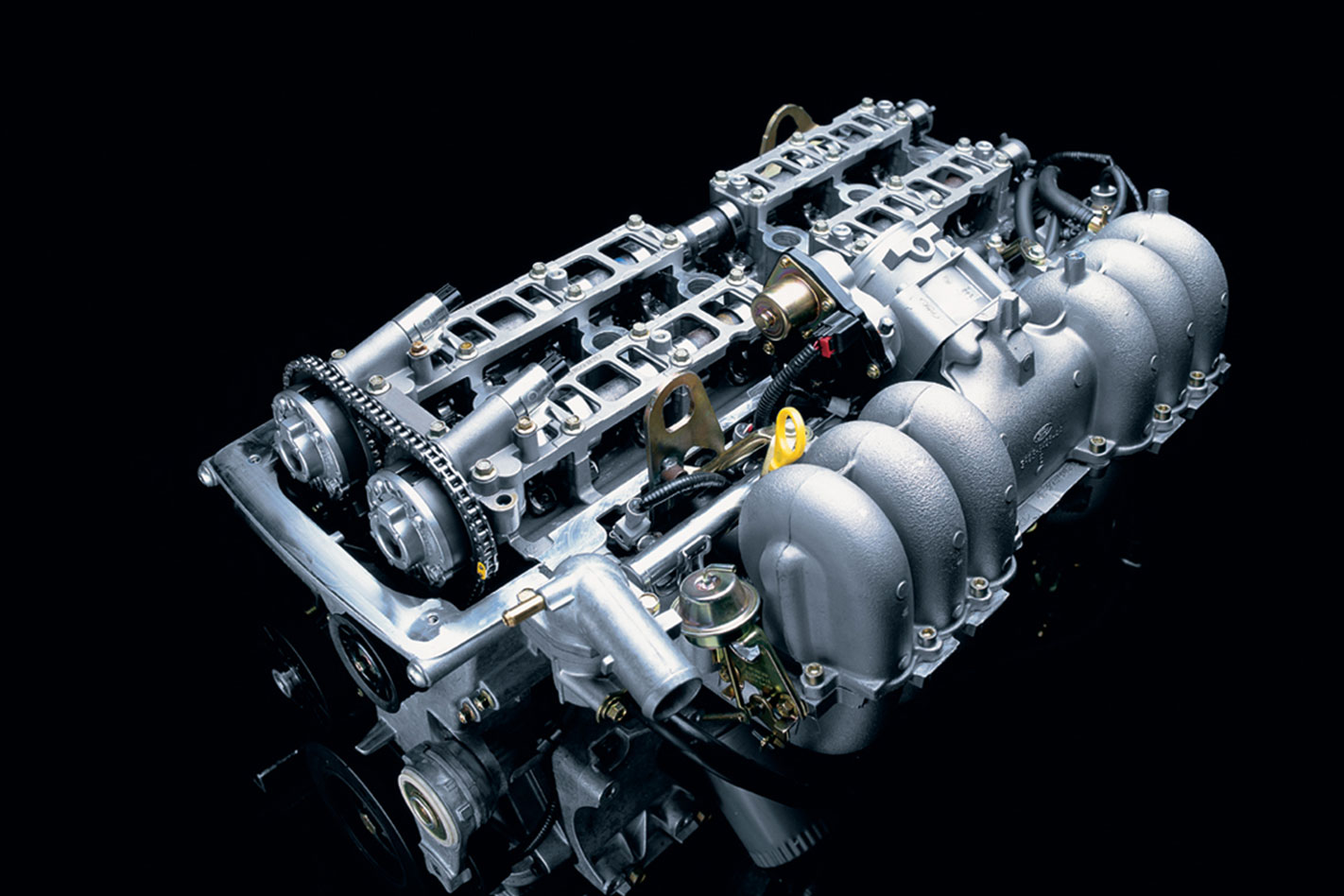
4. Oil Pump
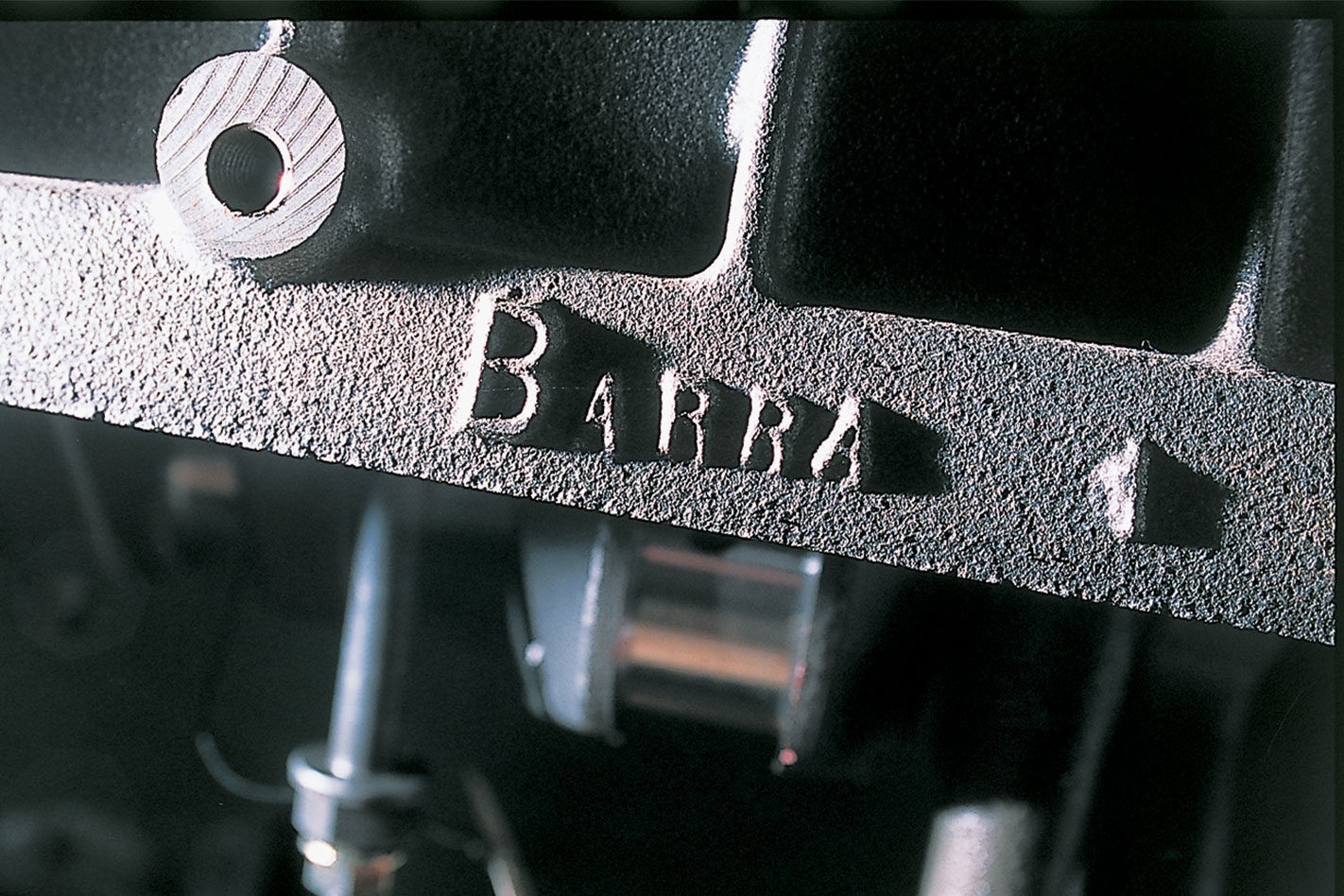
5. Valve Springs
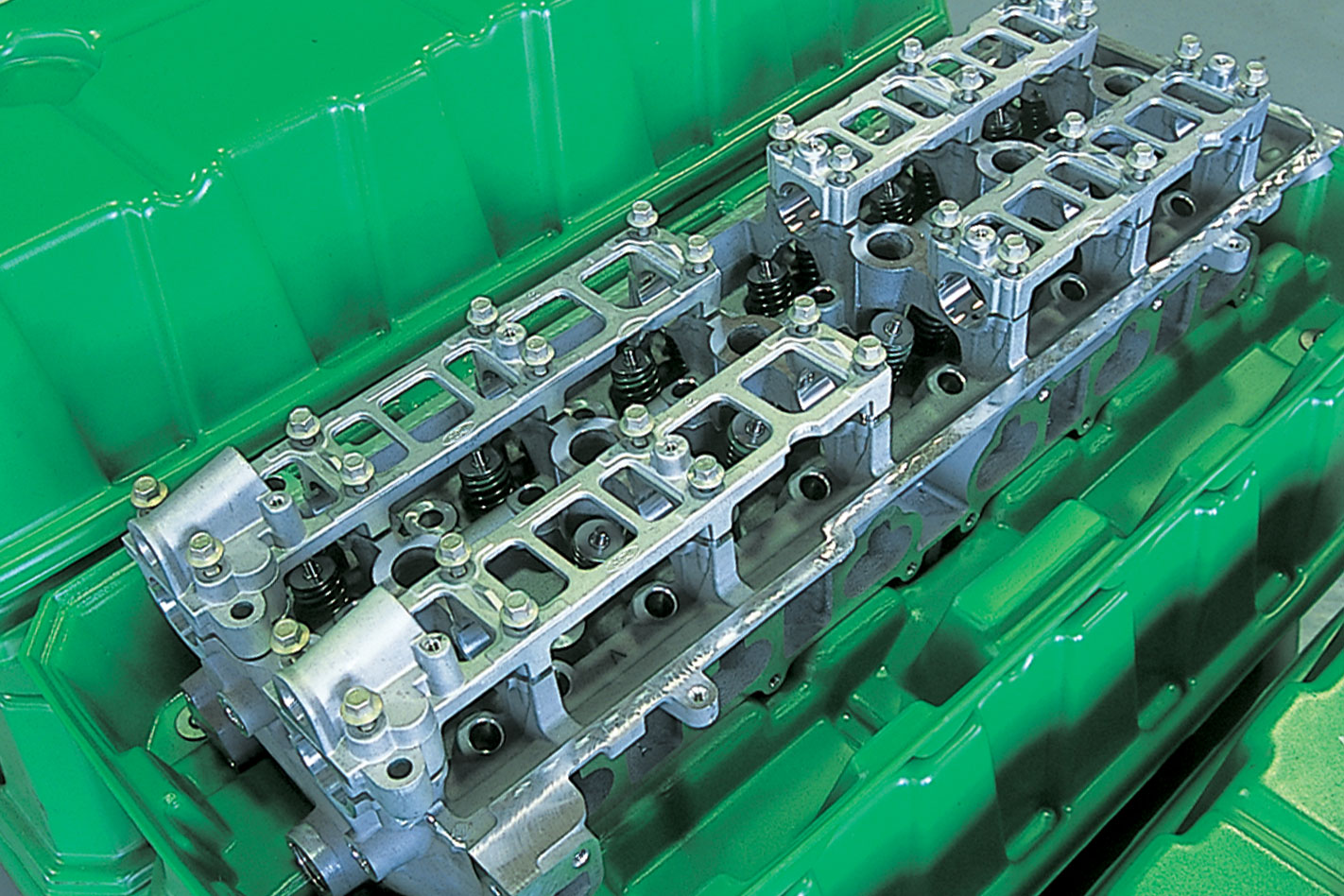
6. Fuel System
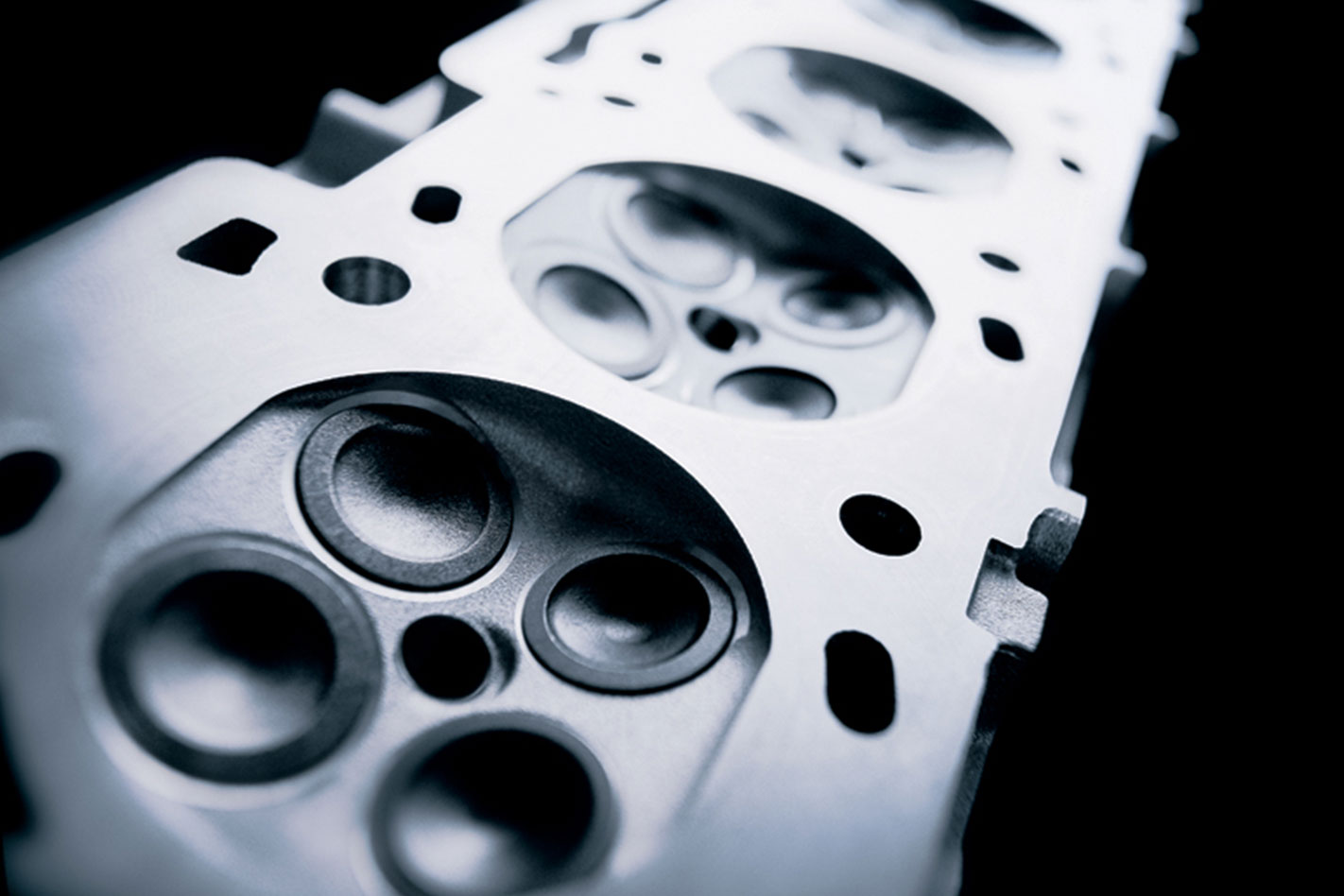
7. ECU
